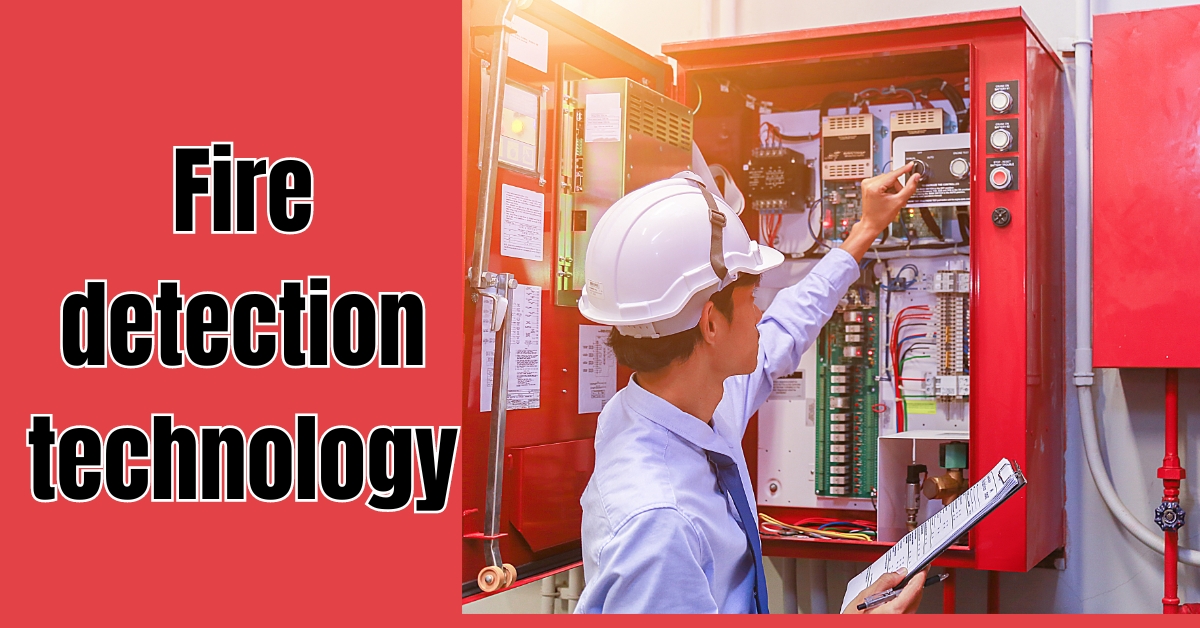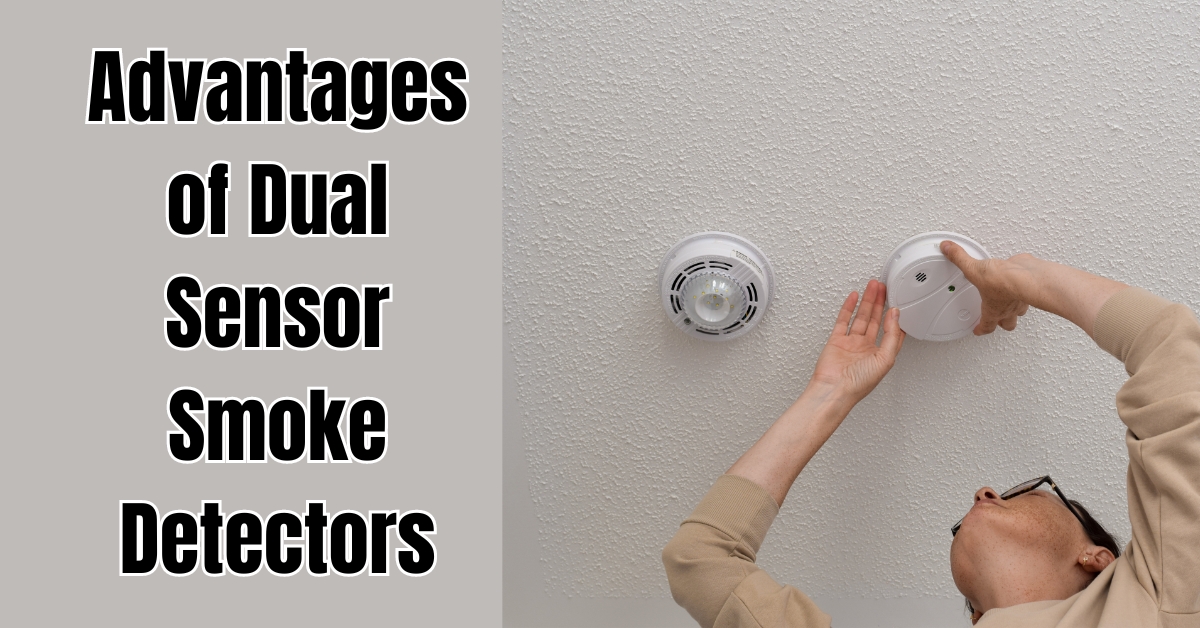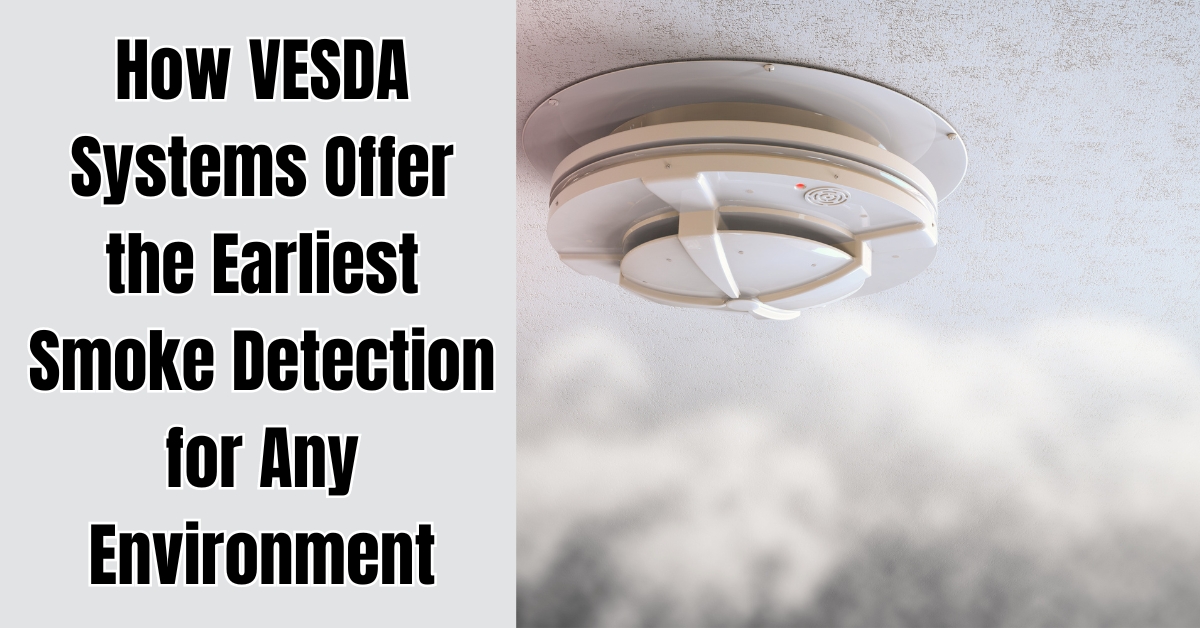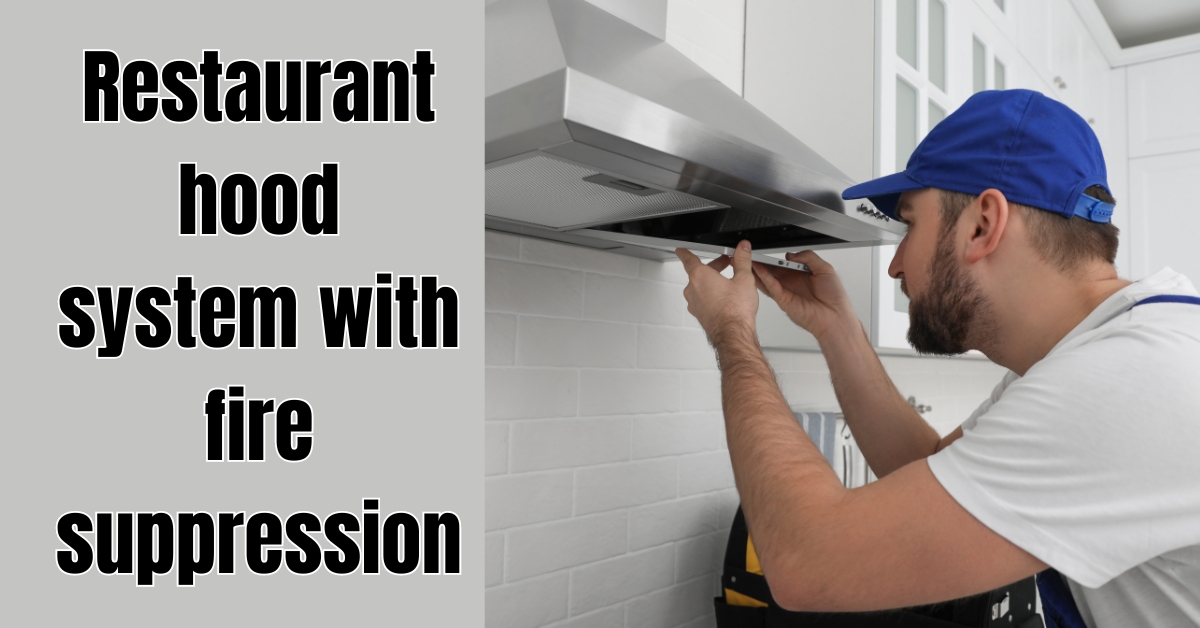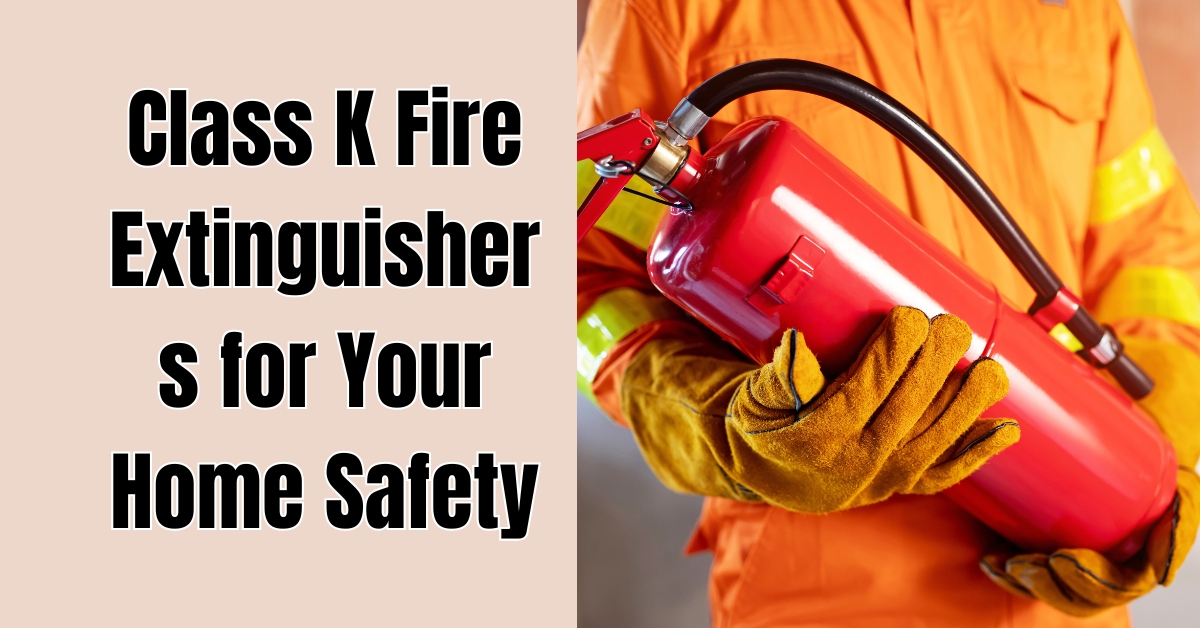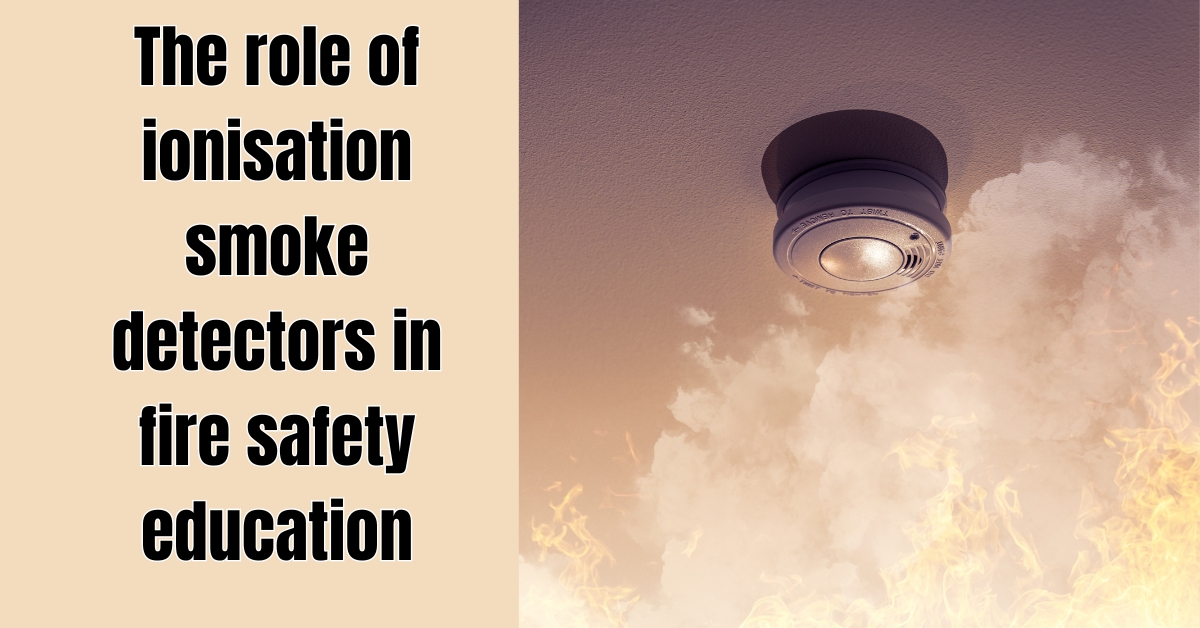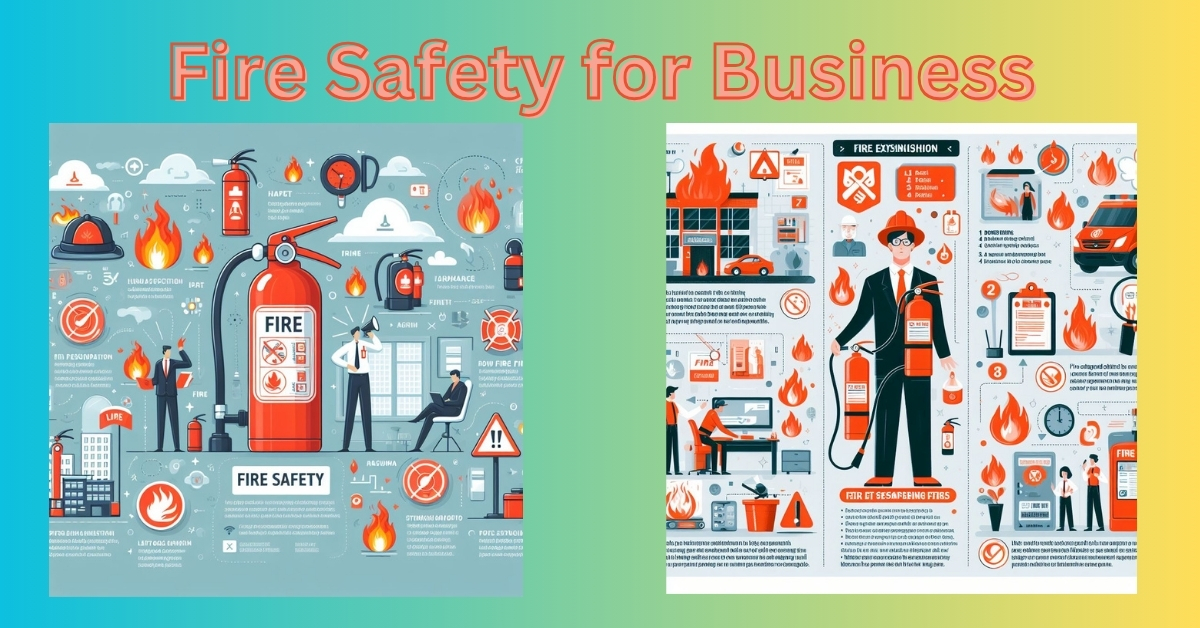How Hardscaping Can Help Create Firebreaks for Commercial Properties
In today’s world, fire safety is more important than ever, especially for commercial properties. As wildfires become more frequent and intense, businesses need to take proactive measures to protect their …



